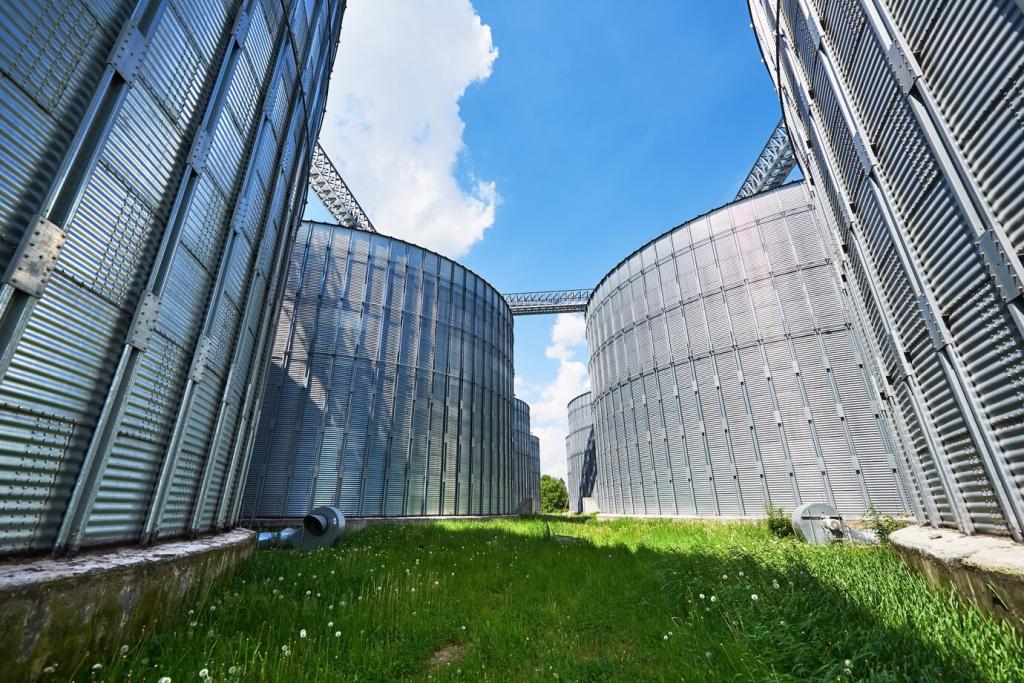
Biodegradable Filaments in 3D Printing: Print Today, Return to Nature Tomorrow
Welcome! Today’s chosen theme is Biodegradable Filaments in 3D Printing. Explore how smart material choices, thoughtful design, and practical workflows can create prints that perform well and leave a lighter footprint. Share your questions and subscribe for more sustainable making.
What Biodegradable Filaments Really Mean
PLA is bio-based and industrially compostable; PHA can biodegrade more broadly but prints differently; PBS and PBAT blends add toughness and flexibility. Each resin family responds to heat, moisture, and microbes in distinct, testable ways that matter for your prints.
Biodegradable means microbes can break it down; compostable means it meets time-bound standards in composting systems; bio-based refers to the feedstock origin. A filament can be bio-based yet not compostable, or compostable only in industrial, not home, conditions.
Look for certifications like EN 13432 or ASTM D6400, which define temperature, oxygen, and timeframe. Industrial composters run hotter and more controlled than backyard bins, so disposal success depends on matching your printed part’s journey to the right environment.
Many biodegradable filaments are hygroscopic. Dry spools at recommended temperatures and store them in sealed containers with desiccant. You’ll hear fewer pops, see smoother surfaces, and produce stronger layers that waste less plastic and energy in reprints.
Dialing In Your Printer for Eco-Friendly Success
Designing Prints for a Greener End-of-Life
Thin Walls, Lattices, and Smart Infill
Use topology that meets strength needs with less mass. Lattice cores, variable infill, and modest wall counts reduce print time and material while creating more surface area, which can improve degradation rates when the part finally reaches a composting environment.
Avoid Mixed-Material Traps
Skip metal inserts and permanent adhesives when possible; they complicate composting and recycling. Design snap fits or removable fasteners so components can separate easily, making end-of-life sorting intuitive for users and facilities handling your prints.
Clear Labels for Clear Futures
Emboss disposal guidance right onto your model: “PLA—Industrial Compost,” or “Bio-Based—Check Local Facilities.” Include QR codes linking to care and disposal tips. When users know the plan, your sustainability intent actually survives beyond the workbench.
Use Cases That Make Sense Today
Garden Tools, Seedling Pots, and Compostable Jigs
A community garden near us printed seedling cells from a PLA-PHA blend. They held through watering cycles, then went to industrial compost after the season. Share your own garden trials, and tell us what held up best in soil and sun.

Environmental Impact Without Greenwashing
Think in Life Cycles, Not Moments
A lighter print that fails twice is not greener. Consider print success rates, durability during use, and realistic end-of-life. Share your data—print times, energy use, and outcomes—and we’ll build a community library of life cycle learnings together.
Home vs. Industrial Composting
Most PLA prefers industrial compost conditions with higher temperatures and active aeration. Home compost may be too cool and variable. Check local guidelines first; if industrial access is limited, design for re-use or mechanical recycling when appropriate.
Recycling Realities and Contamination Risks
PLA can contaminate PET recycling streams if mixed. Keep streams separate and clearly labeled. When in doubt, collect project spools and coordinate with specialty recyclers. Comment with facilities you trust, and we’ll map resources for fellow makers.
Real Stories from the Bench
A small library lab moved to PLA-PHA for low-odor classes. Their failure rate dropped after improving filament drying, and they labeled all bins with disposal guidance. Students started asking better questions about materials, not just print speed.
What’s Next for Biodegradable 3D Printing
Enzymes, Depolymerization, and Smarter Recovery
Research into enzymatic depolymerization of PLA and chemical recycling promises true circularity. Imagine collecting failed prints and converting them back to monomers. We track pilot projects closely—subscribe to get case studies and ways to participate responsibly.
Bio-Fillers with Purpose: Hemp, Algae, and Cellulose
Natural fillers can lower petroleum content and change mechanical behavior. But additives vary in abrasiveness, moisture uptake, and compost outcomes. We will test blends and publish settings, so you can choose responsibly instead of guessing from buzzwords.
Clear Labels, Clear Bins, Clear Outcomes
Standards for labeled 3D-printed parts are emerging. Consistent icons and QR-linked datasheets could guide end-users to correct bins. Tell us which labeling systems you prefer, and we’ll compile best practices for easy adoption in classrooms and studios.
Join the Movement
Subscribe for Field Notes and Settings
Get practical slicer profiles, drying guides, and case studies on biodegradable filaments in 3D printing. We send concise, actionable updates—no fluff, only insights you can use on your next print or lesson plan today.
Show Us Your Best Eco Print
Post a photo, material, settings, and end-of-life plan for your model. We will feature standout builds and lessons learned, so others can replicate success instead of reinventing the wheel with every new spool they open.
Suggest Experiments We Should Run Next
What comparisons matter most—PLA vs PLA-PHA impact strength, or home compost decay trials by climate? Drop your ideas in the comments. We pick community proposals monthly and publish results openly for everyone to learn.
